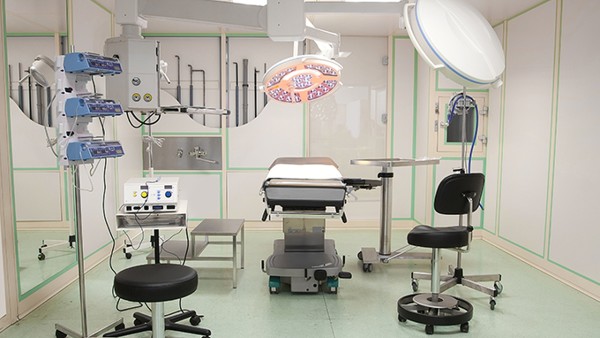Newborn Umbilicus Care Methods

Introduction
The umbilicus, commonly known as the belly button, is the remnant of the umbilical cord that connected the fetus to the placenta during pregnancy. After birth, the umbilical cord is clamped and cut, leaving a small stump that eventually dries up and falls off. Proper care of the newborn umbilicus is essential to prevent infection and promote healing. This article provides a comprehensive guide to newborn umbilicus care methods.
Umbilical Cord Care in the Hospital
Initial Examination: After birth, the healthcare provider will examine the umbilical cord to ensure it is healthy and intact. They will also check for any signs of infection or bleeding.
Clamping and Cutting: The umbilical cord is clamped and cut using sterile instruments. The clamp is usually removed within 24-48 hours.
Daily Cord Care: The umbilical cord stump is cleaned daily with sterile water or alcohol. A cotton swab or gauze pad can be used to gently wipe away any secretions or debris.
Umbilical Cord Care at Home
Keep the Stump Dry: It is important to keep the umbilical cord stump dry to prevent infection. Avoid submerging the stump in water during baths or diaper changes. Instead, sponge bathe the area around the stump.
Clean the Stump: Continue to clean the umbilical cord stump daily with sterile water or alcohol until it falls off.
Cover the Stump: A loose gauze pad or small adhesive bandage can be placed over the stump to keep it clean and protected.
Avoid Touching the Stump: It is crucial to avoid touching or pulling the umbilical cord stump. This can cause pain and bleeding.
Signs of Infection
It is important to be aware of the signs of umbilical cord infection, including:
Redness or swelling around the stump
Drainage of pus or fluid
Foul odor
Bleeding
Fever
Irritability
If any of these signs occur, seek immediate medical attention.
Umbilical Cord Detachment
The umbilical cord stump typically falls off within 10-14 days after birth. The time frame can vary depending on the individual baby. It is important not to force the stump off, as this can cause bleeding and pain.
Umbilical Granuloma
In some cases, a small bump or growth may form at the base of the umbilical cord stump. This is called an umbilical granuloma. It is usually benign and will resolve on its own within a few weeks. However, if the granuloma is causing discomfort or bleeding, it can be treated with silver nitrate or antibiotics.
Umbilical Hernia
A small bulge or swelling near the umbilicus may indicate an umbilical hernia. This occurs when a portion of the intestines protrudes through a weakness in the abdominal muscles at the site of the umbilical cord. Most umbilical hernias are small and resolve on their own within the first few months of life. However, if the hernia is large or causing symptoms, it may require surgical repair.
Additional Tips for Umbilical Cord Care
Avoid using scented soaps or harsh chemicals when cleaning the umbilical cord stump.
Dress the baby in loose, comfortable clothing that does not irritate the stump.
Change the baby's diaper frequently to keep the area around the stump clean and dry.
Do not use any over-the-counter medications or remedies on the umbilical cord stump without consulting your healthcare provider first.
Conclusion
Proper newborn umbilicus care is essential to prevent infection and promote healing. By following these guidelines, you can ensure that your baby's umbilical cord heals quickly and without complications. If you have any concerns about your baby's umbilicus, do not hesitate to contact your healthcare provider.
The above is all the content that the editor wants to share with you. I sincerely hope that these contents can bring some help to your life and health, and I also wish that your life will be happier and happier.
Topic: #umbilicus #newborn #methods










